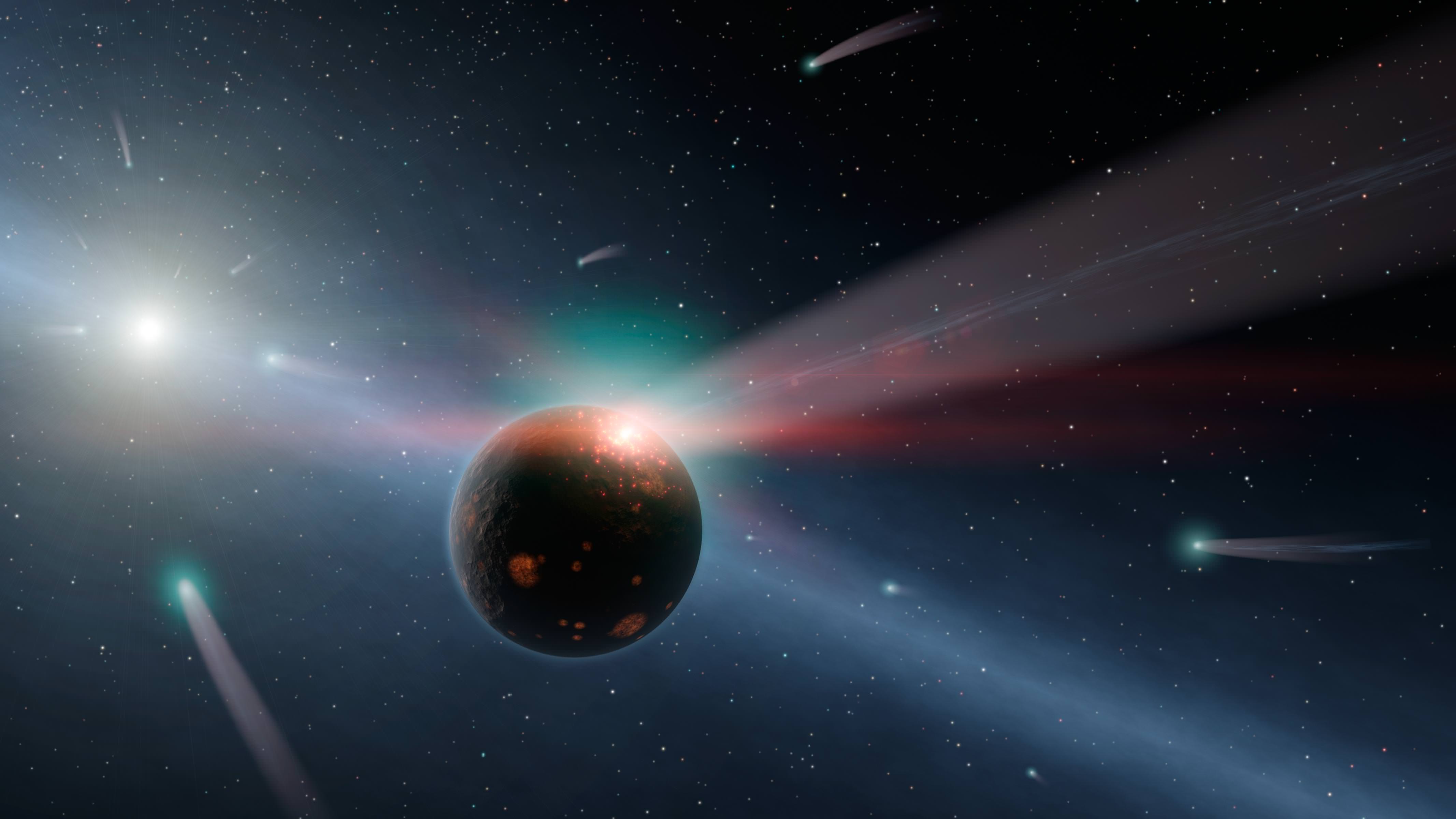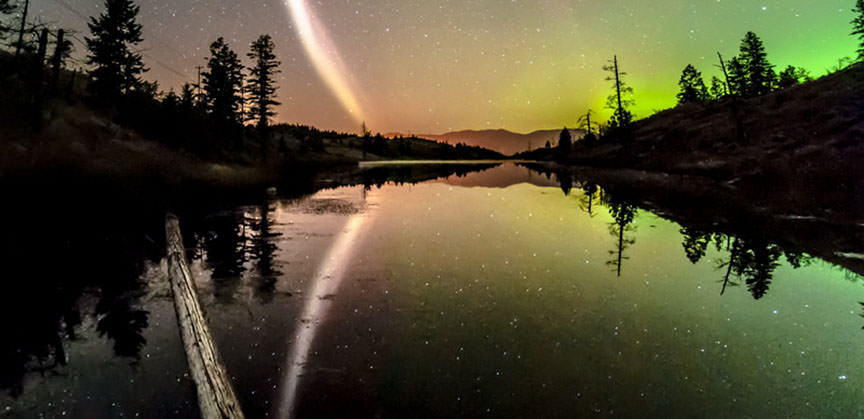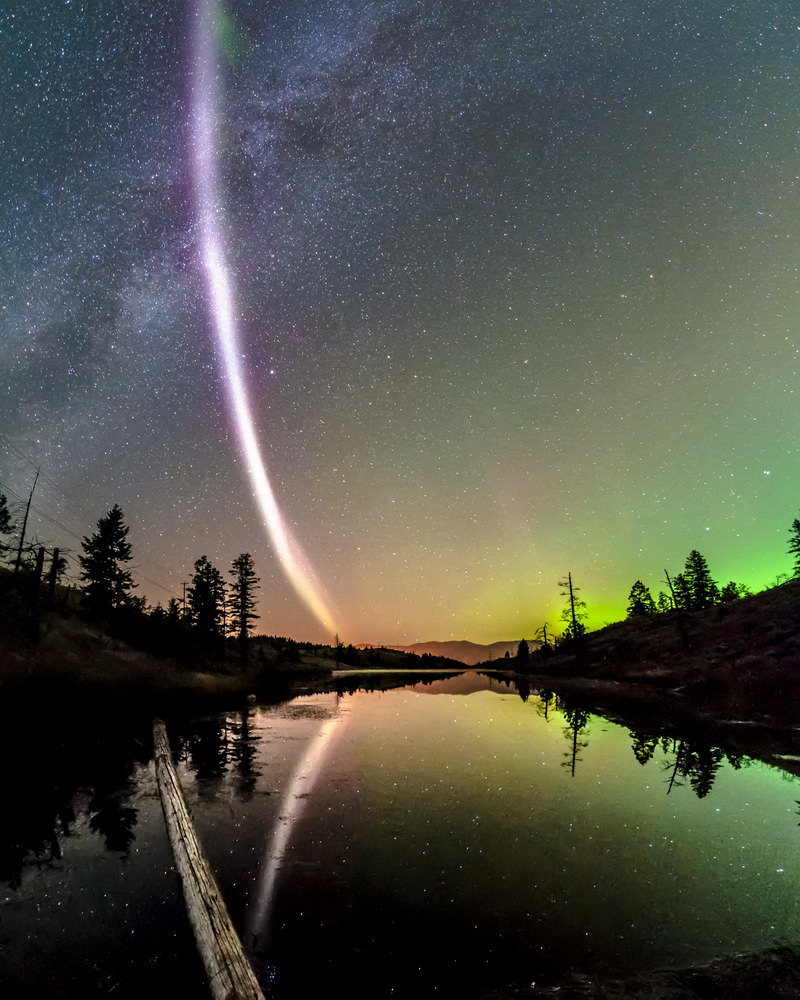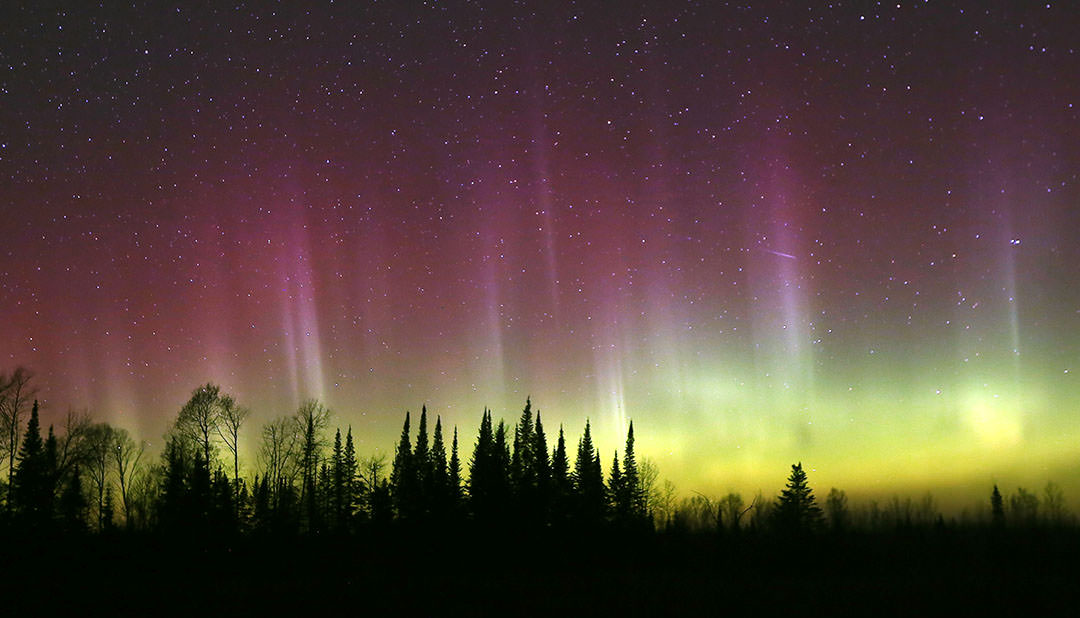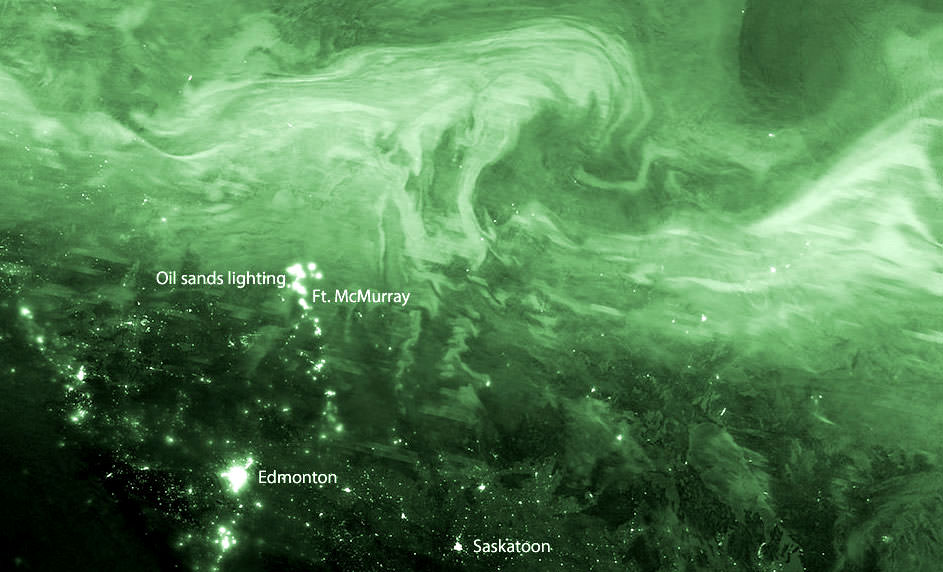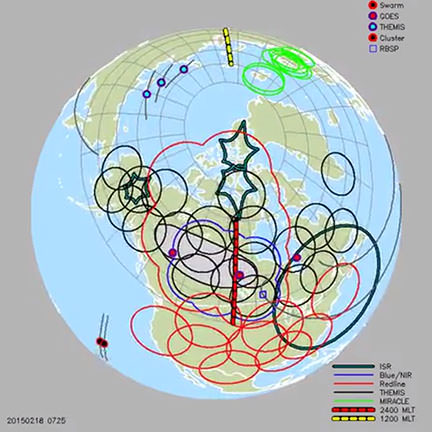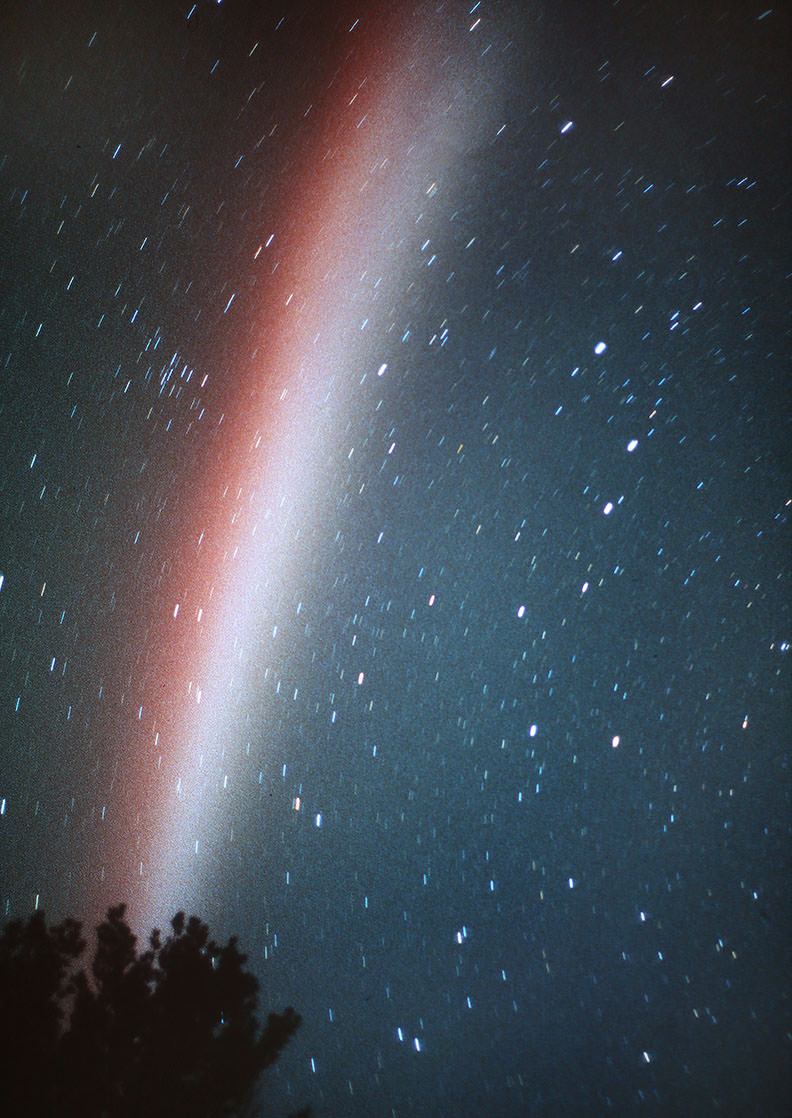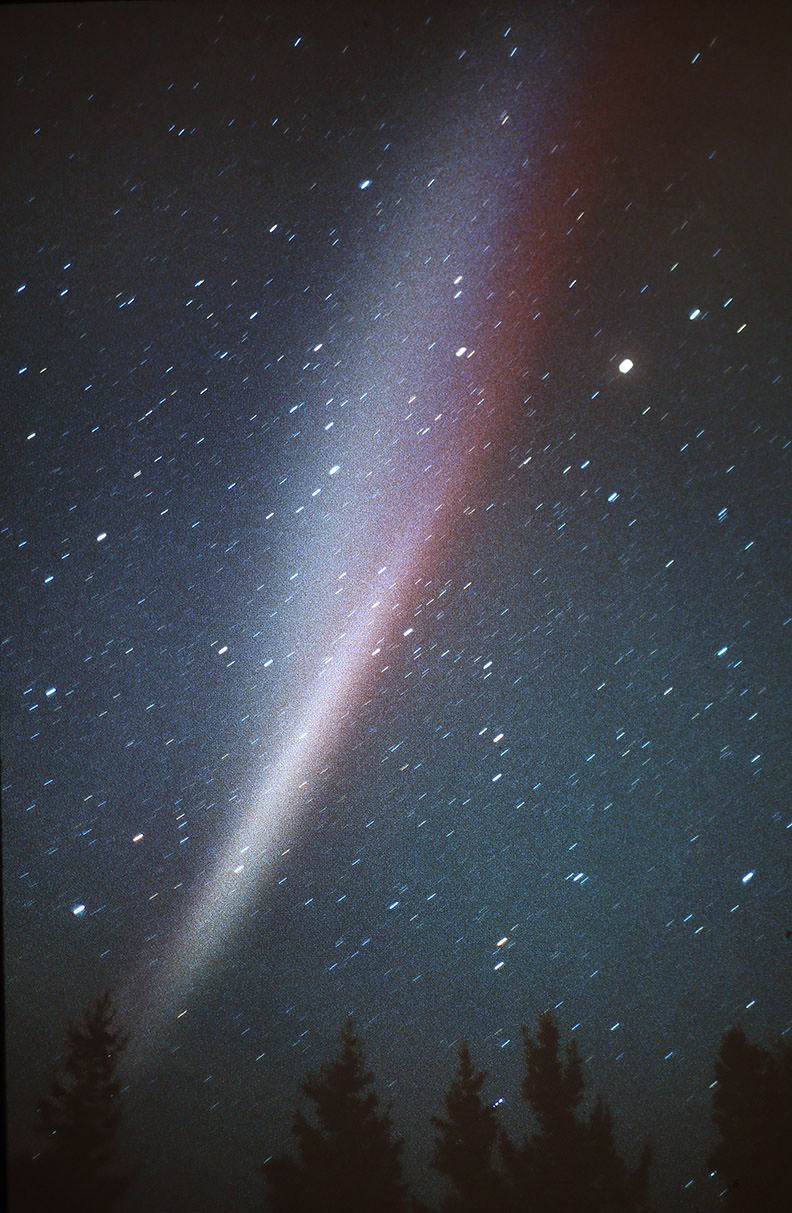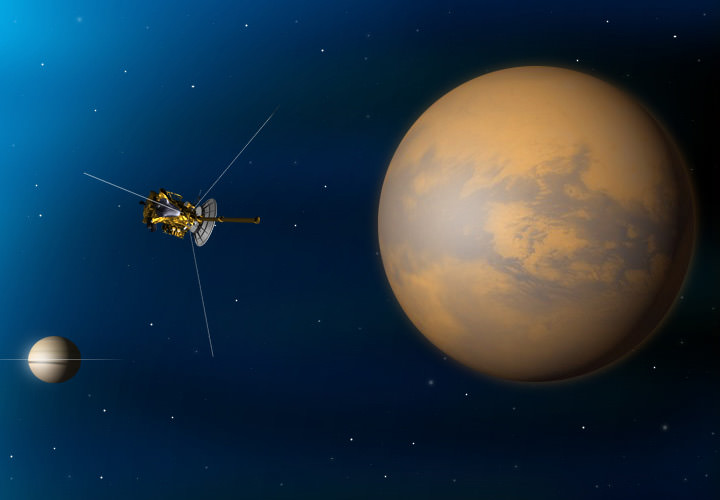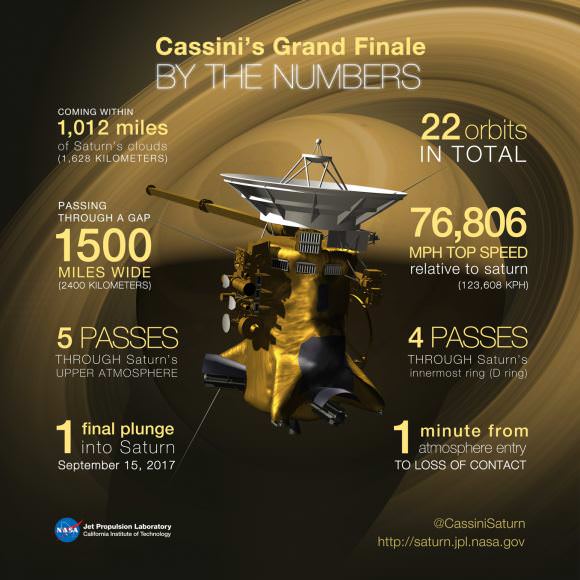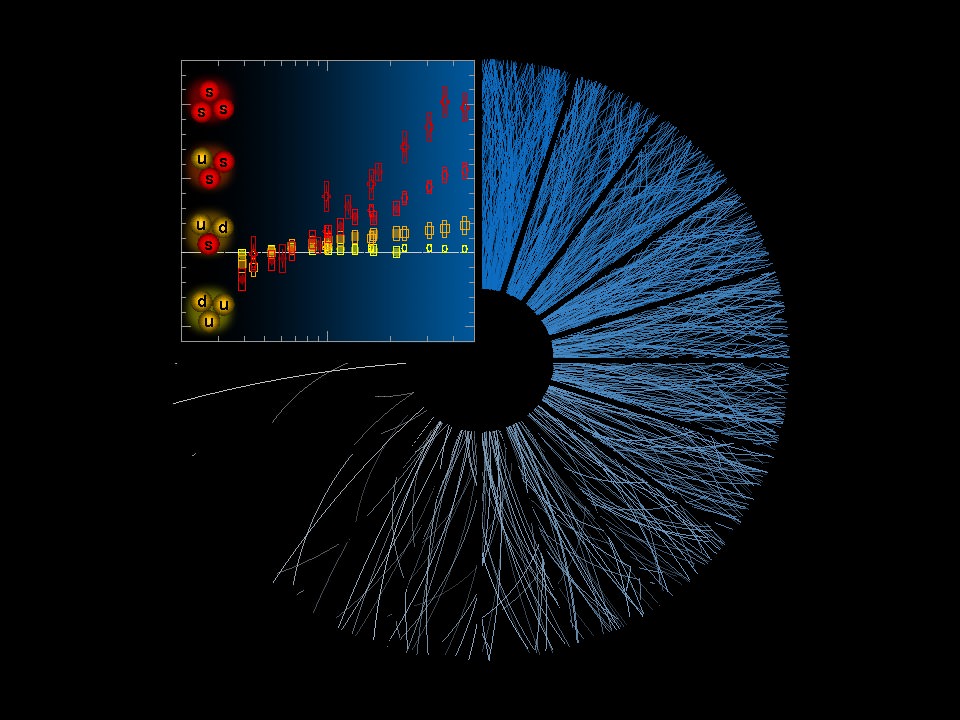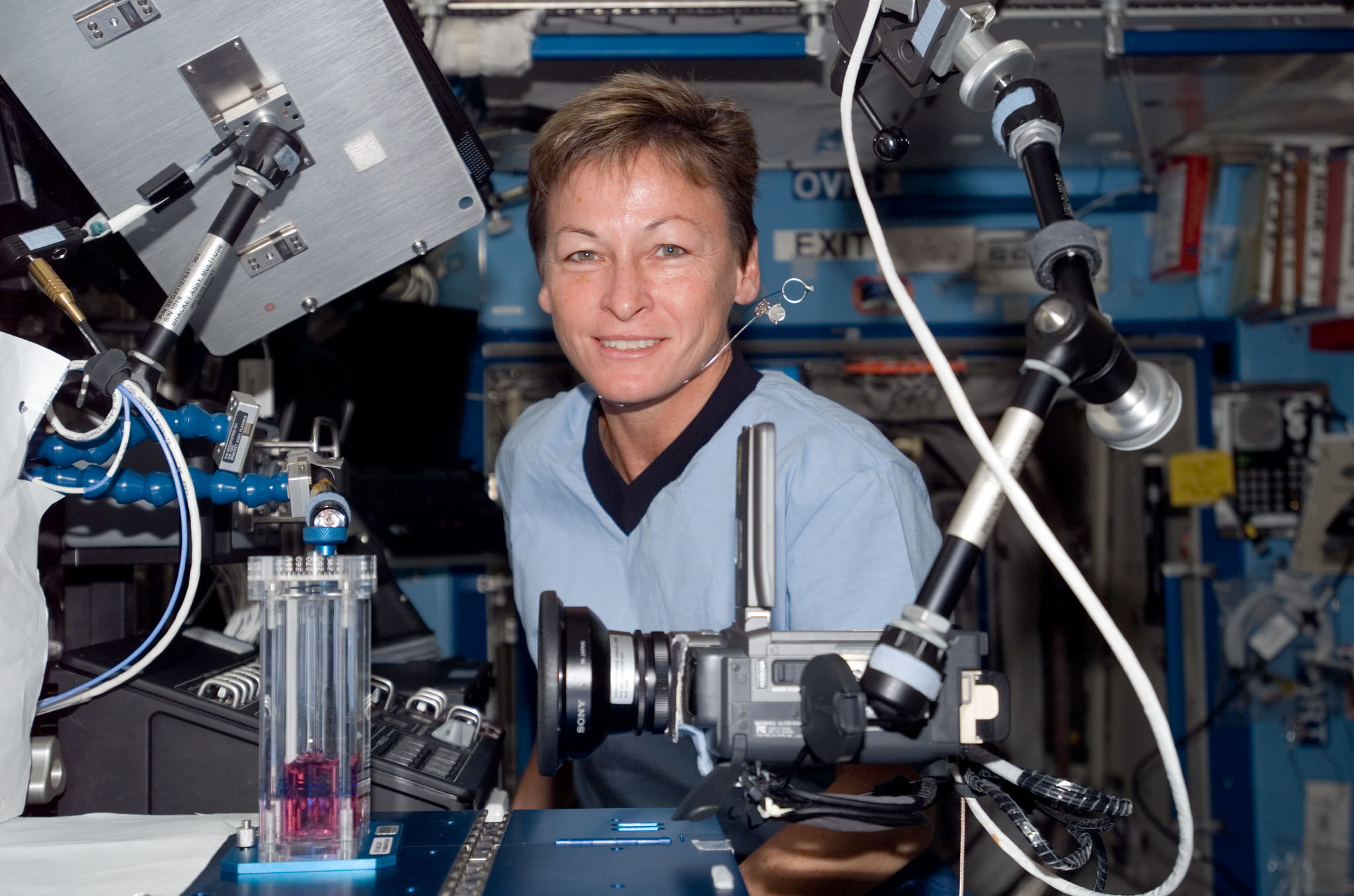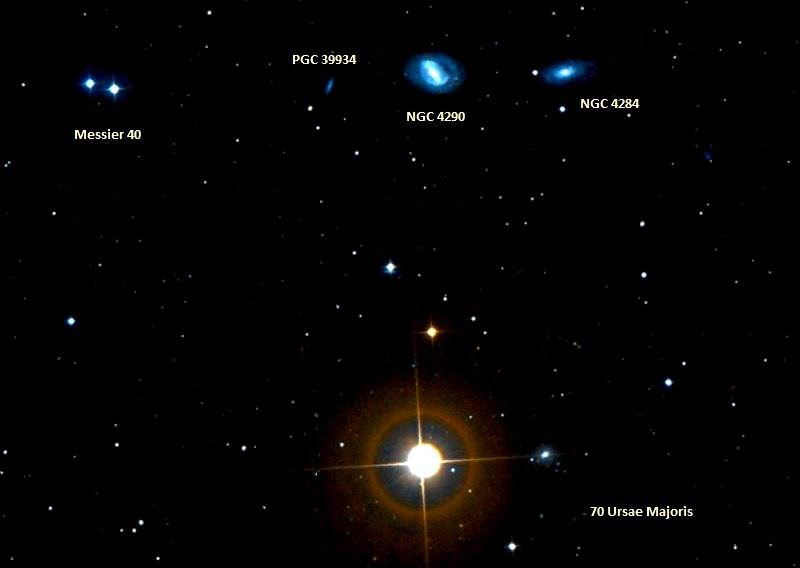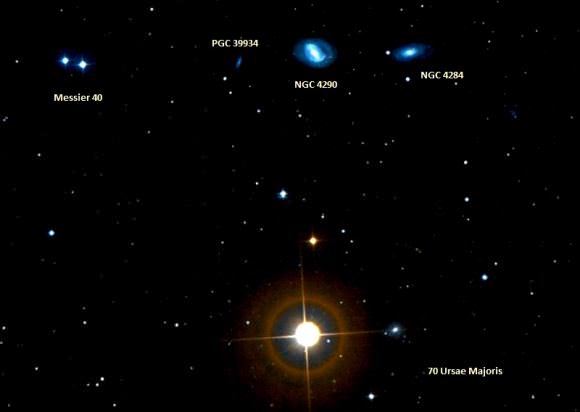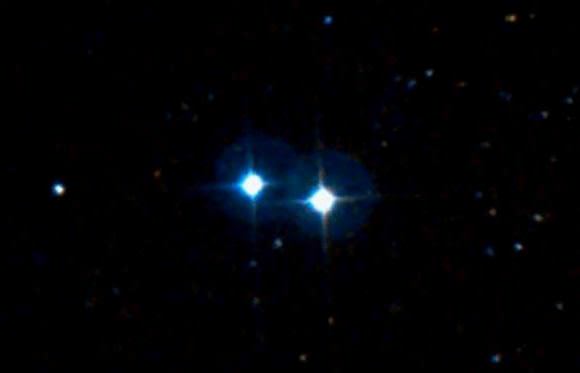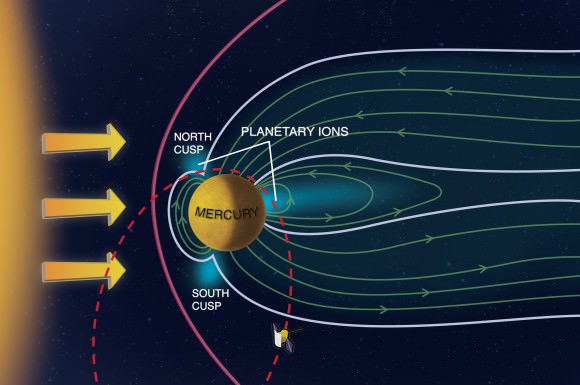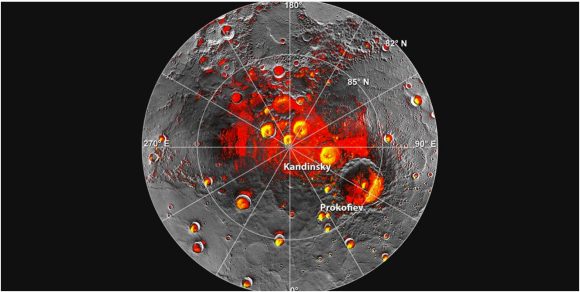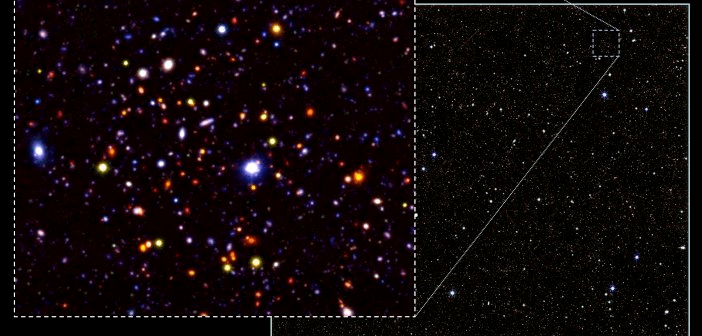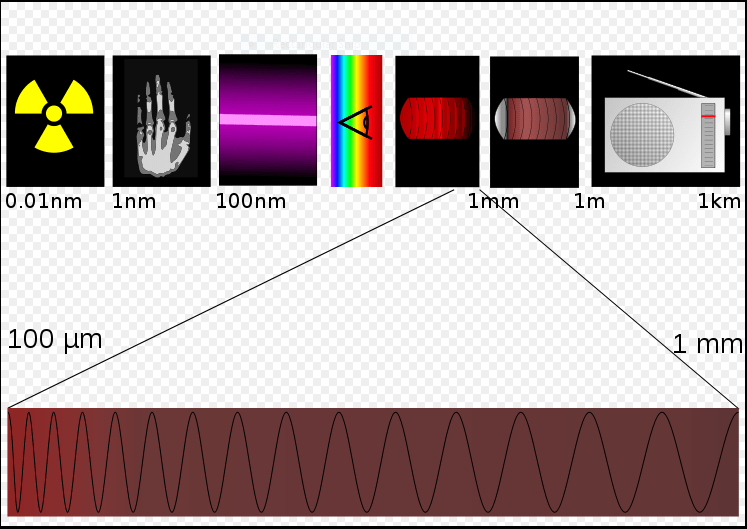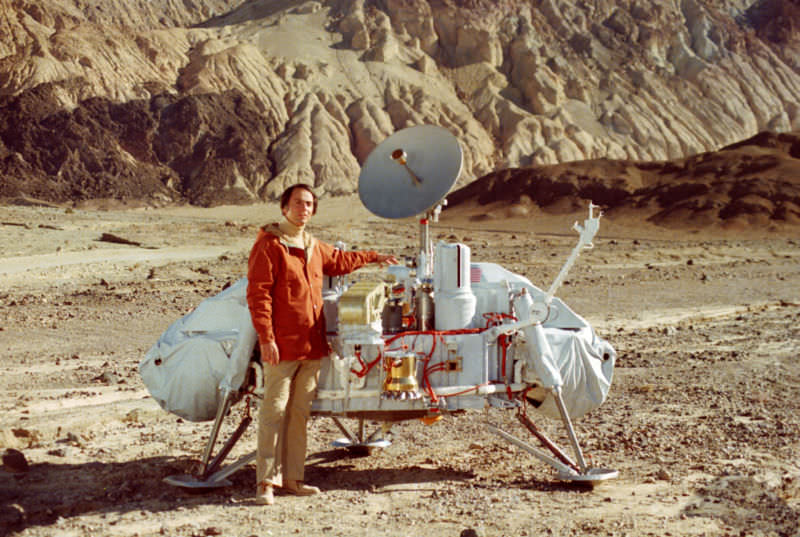NASA is all about solving challenges, and the goal of having a prolonged presence in space, or a colony on Mars or some other world, is full of challenges, including the necessity of growing food. Scientists at Kennedy Advanced Life Support Research are working on the Prototype Lunar/Mars Greenhouse Project to try and meet that challenge.
The Prototype Lunar/Mars Greenhouse Project (PLMGP) is all about growing vegetables for astronauts during extended stays on the Moon, on Mars, or anywhere they can’t be resupplied from Earth. Beyond growing food, the Project aims to understand how food-growing systems can also be a part of life-support systems.
“The approach uses plants to scrub carbon dioxide, while providing food and oxygen.” – Dr. Ray Wheeler
“We’re working with a team of scientists, engineers and small businesses at the University of Arizona to develop a closed-loop system. The approach uses plants to scrub carbon dioxide, while providing food and oxygen,” said Dr. Ray Wheeler, lead scientist in Kennedy Advanced Life Support Research.
The prototype itself is an inflatable, deployable system that researchers call a bioregenerative life support system. As crops are grown, the system recycles, water, recycles waste, and revitalizes the air.
The system is hydroponic, so no soil is needed. Water that is either brought along on missions or gathered in situ—on the Moon or at Mars for example—is enriched with nutrient salts, and flows continuously through plant root systems. Air in the system is recycled too. Astronauts exhale carbon dioxide, which plants absorb. Through photosynthesis, the plants produce oxygen for the astronauts.

“We’re mimicking what the plants would have if they were on Earth and make use of these processes for life support,” said Dr. Gene Giacomelli, director of the Controlled Environment Agriculture Center at the University of Arizona. “The entire system of the lunar greenhouse does represent, in a small way, the biological systems that are here on Earth.”
“The entire system of the lunar greenhouse does represent, in a small way, the biological systems that are here on Earth.” – Dr. Gene Giacomelli
A key part of a system like this is knowing what astronauts will have to bring with them, and what resources they can find at their destination. This includes which type of plants and seeds will be needed, as well as how much water might be available once astronauts reach their destination. Methods of extracting water on Mars or the Moon are also being researched and developed.
Even if the necessary water can be found in situ on Mars and the Moon, that hardly means those are easy places to grow food. Astronauts have to be protected from radiation, and so will crops. These greenhouse chambers would have to buried underground, which means specialized lighting systems are also required.
“We’ve been successful in using electric LED (light emitting diode) lighting to grow plants,” Dr. Wheeler said. “We also have tested hybrids using both natural and artificial lighting.” Solar light could be captured with light concentrators that track the sun and then convey the light to the chamber using fiber optic bundles.
These systems are not NASA’s first experience at growing crops in space. Experiments aboard the International Space Station (ISS) have been an important part of the research into crop production in non-terrestrial environments. The Veggie Plant Growth System was NASA’s first attempt, and astronauts successfully harvested lettuce from that system.
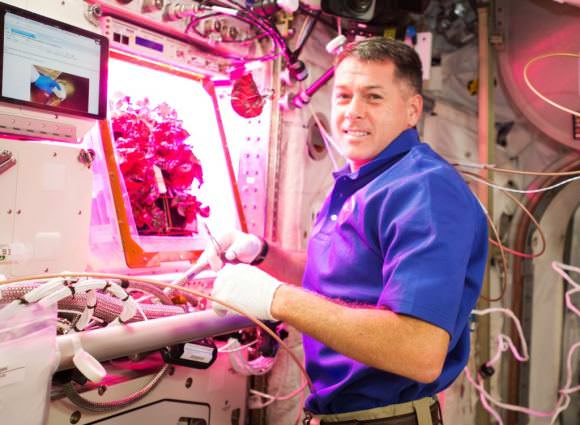
Earth has well-established systems for sustaining life, and this project is all about taking some of that to distant destinations in space.
“I think it’s interesting to consider that we’re taking our terrestrial companions with us,” Wheeler said. “While there may be ways to engineer around it in terms of stowage and resupply, it wouldn’t be as sustainable. The greenhouses provide a more autonomous approach to long-term exploration on the moon, Mars and beyond.”


